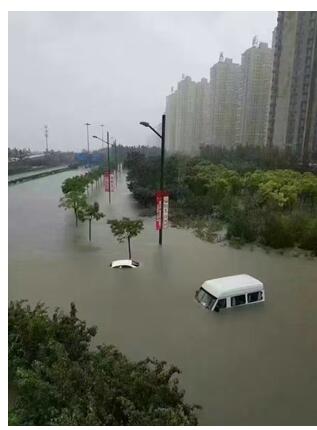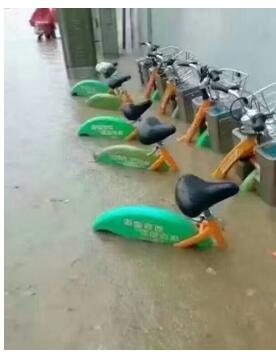Heavy rain continued, electric cars should pay attention to travel! ! !
The Central Meteorological Observatory continued to issue heavy rain orange warnings on the 20th, and heavy rain or heavy rain still remained in many northern regions. The floods in the south have not yet receded, and the north has also entered the "rainstorm mode." Is it accidental that the Nanjing electric bus water is on fire? Driving electric vehicles should pay attention to those matters? Will heavy rain lead to leakage of charging piles? Electric vehicle owners are particularly concerned about these issues. Mr. Li, a charge network technology expert, told reporters in an interview that the battery pack used by the Nanjing Fire Bus had a sealing standard that was too low, and that the seal was lax and led to water in the battery, causing a short circuit and eventually causing a fire. “Internationally recognized electrical and electronic enclosures have a total of eight levels of water resistance, with levels ranging from 0 to 8, and the degree of protection increases in order. The fire bus’s protection level is only four, although it is also in line with the standard, but it is too low. Most electric vehicles can meet the IPX7 standard, which is a waterproof rating of 7. This IPX7 represents an anti-soaked design that will not enter the interior even if it is immersed in water of 1 meter in half an hour, effectively protecting the battery pack. Mr. Li said. Reporter: "A netizen could have leaked out of a flooded area of ​​a public bicycle vehicle pile. Will the electric vehicle charging pile be flooded and will not leak electricity?" Charging network Mr. Li: "The position of the charging pile is generally not flooded, and generally the charging pile has a leakage protection device. If it leaks, it will automatically power off. Even if it is flooded, it is safe. At least we have a charging network. The charging stakes involved in the construction do not have to worry about safety, but the owner must avoid charging in the open air. He reminded everyone that if you come across a charging pile that is flooded, you should try to stay away from it. And although the electric car has IPX7 standard protection, but also to consider the actual operation of electric vehicles, such as the Nanjing bus is immersed in water after a night and caught fire, the owner of electric vehicles wading should bear in mind several points: Before driving electric vehicles to wading, determine the depth of the water in advance. Under normal circumstances, the electric car can run normally at a water depth of 40cm. However, try not to exceed 10 minutes. A depth of more than half a meter is recommended to detour. When wading, it is necessary to keep driving at a constant speed and as soon as possible through the stagnant water section. Once the car is turned off, do not start it voluntarily. There will be water cuts in some models and it will be automatically disconnected from the vehicle's safety device. Do not be alarmed as soon as possible. Maintenance staff. After wading, the vehicle should be ventilated and dried in time, and the vehicle body and chassis should be thoroughly cleaned. Check the water intake of the front cabin. If any flooding is found, cut off the power supply and dry it with a hair dryer. No matter how powerful the waterproof performance of electric vehicles, electric vehicle owners should still try to avoid driving through the water area, and heavy rain should reduce travel. After the vehicles wading, they should contact the after-sales service for a full-scale inspection to prevent potential safety hazards. About Charging Network: The electric vehicle integrated service provider is China's largest electric vehicle charging network operation service provider and user bearing platform, providing vehicle owners, depots and business partners with comprehensive service and product solutions. Girls Dresses,Formal Dresses,Long Dresses,Bridesmaid Dresses XUANZI GARMENT CO.,LTD. , https://www.xzgirldress.com
